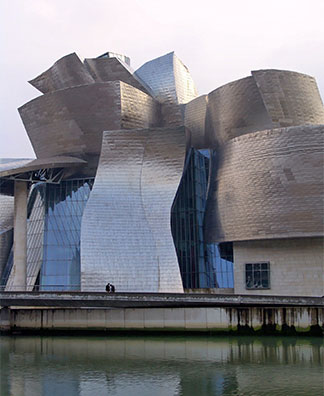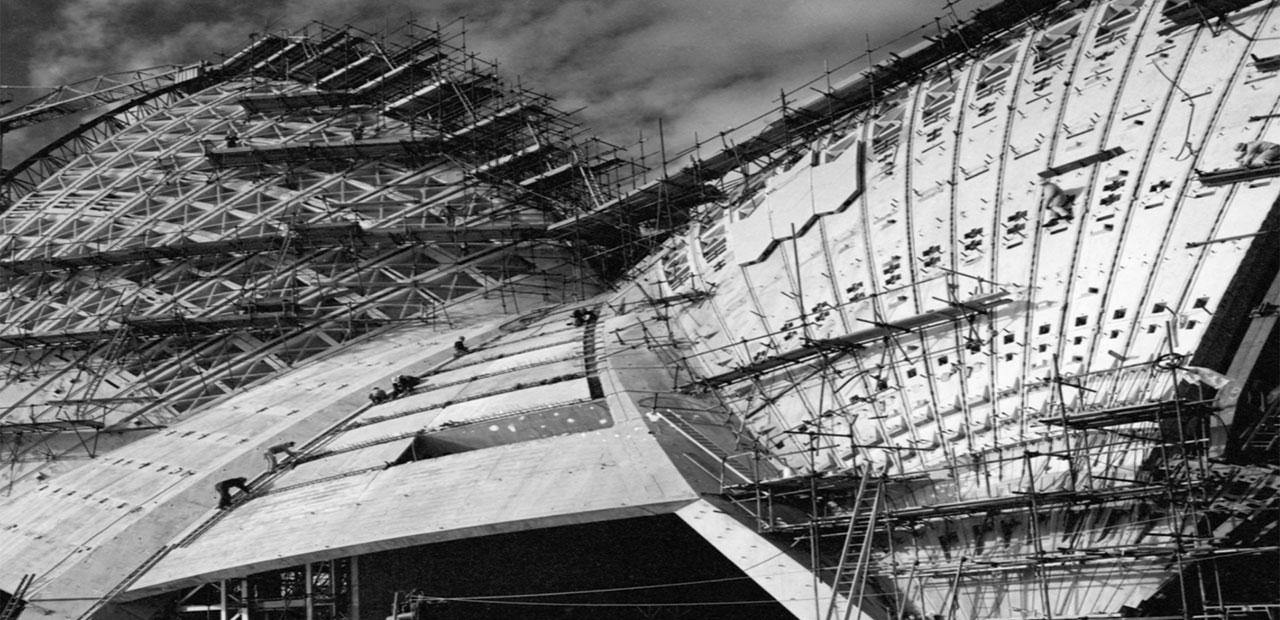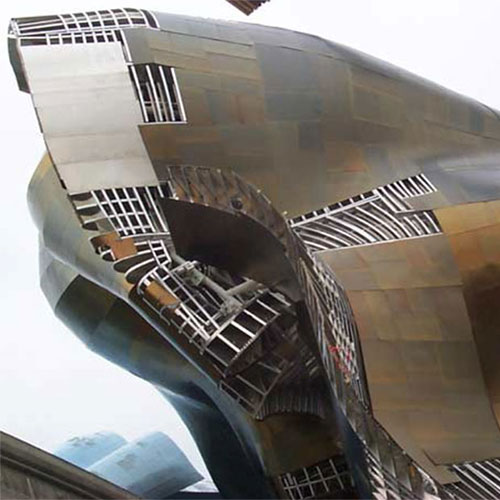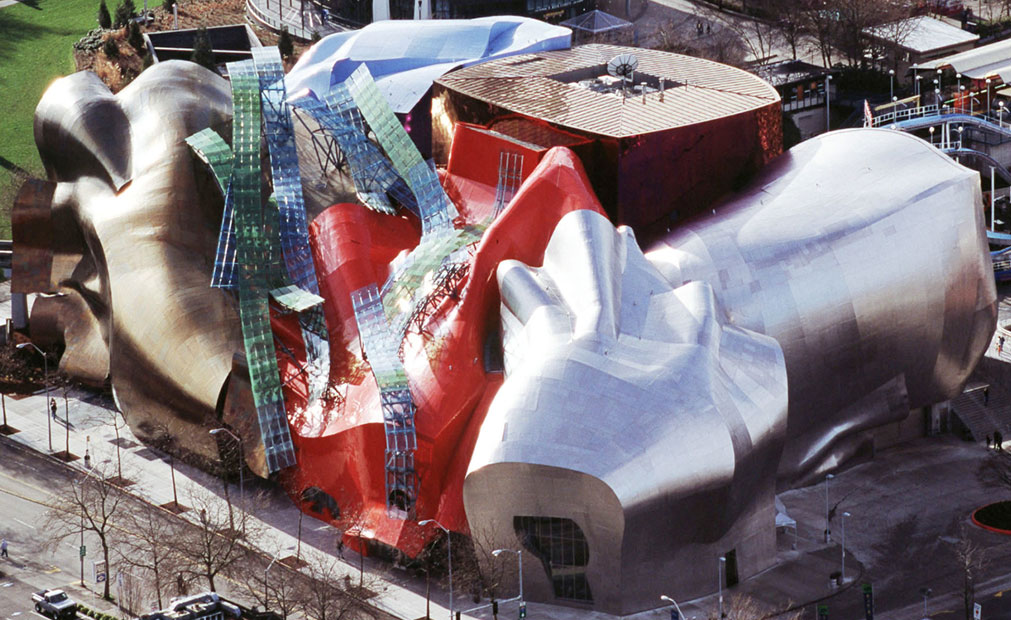DISCOVER MORE ...
FACADE HISTORY
HISTORY
Façade systems have evolved over thousands of years from the most basic of materials such as straw and mud, to fully glazed structural curtainwalls. This evolution is the result of advances in materials, organizational structure and engineering knowledge.

Construction over the millennia can be classified by, among other things, the complexity of the surfaces that form the outer skin of a building. In the ancient past the most simple of forms; a square based pyramid with four flat surfaces facilitated construction on a grand scale. Complexity was kept to a minimum allowing effort to be expended on execution. Over time, increasing geometric complexity became possible. Faceted walls built fortifications and the development of the arch enabled structures of greater height with less material. This ultimately led to the development of vaulted ceilings and in turn, the domes of the Renaissance.
Driven by what was often nothing more than the demonstration of prestige, wealth and power, these advancements formed the basis for some of the world’s most awe inspiring structures.

In the modern era, many records were set in building volume and height but for the most part, surface complexity remained little advanced from the Renaissance years. Toward the latter part of the 20th century however, innovations in design afforded by computer technology, coupled with the inspired concepts of designers such as Frank Gehry, began to push beyond the limitations of single and two-dimensional surfaces.
As an example, the complex multi-dimensional geometry and the metalized exterior of the Bilbao Museum set new standards for design and challenged others to do the same. Since then we have seen the rate of advancement in design exceed that of materials and fabrication technologies. The challenge faced today is to somehow execute the complex surface geometry created by the powerful tools of 3D modeling and rendering, while simultaneously maintaining realistic budget and schedule expectations.

RECENT ACHIEVEMENTS
Technology has advanced to the point where designers are able to exaggerate the abilities of materials and fabrication.
Technology developments in the field of design occur so quickly that designers realize they must involve fabricators and constructors early in the design process in order to ensure their designs are achievable. Even so, the construction industry often faces challenges requiring a new mindset that abandons past experience.
Structures of ever increasing geometric complexity have been designed and built in the past few decades using the best available fabrication materials and methods. These projects, all of which were cutting edge in their time, benefited from the skills of experienced and capable fabricators using the most ingenious and sophisticated means and methods available.
This is not to say those tasked with executing modern designs have been completely left behind. Technology has also assisted the fabricators and constructors significantly. Modern BIM, construction management and execution have all improved enormously in recent years.
As surface geometry has become more complex, the focus for many fabricators was on two key areas:
First; on the design of the structural support system.
Second; how to create the surface geometry required.
As a result, elaborate and costly structural support systems were devised as a means of creating the surface geometry required. This approach has become common but carries with it, remnants of past thinking.
Examples of these projects are shown below:





